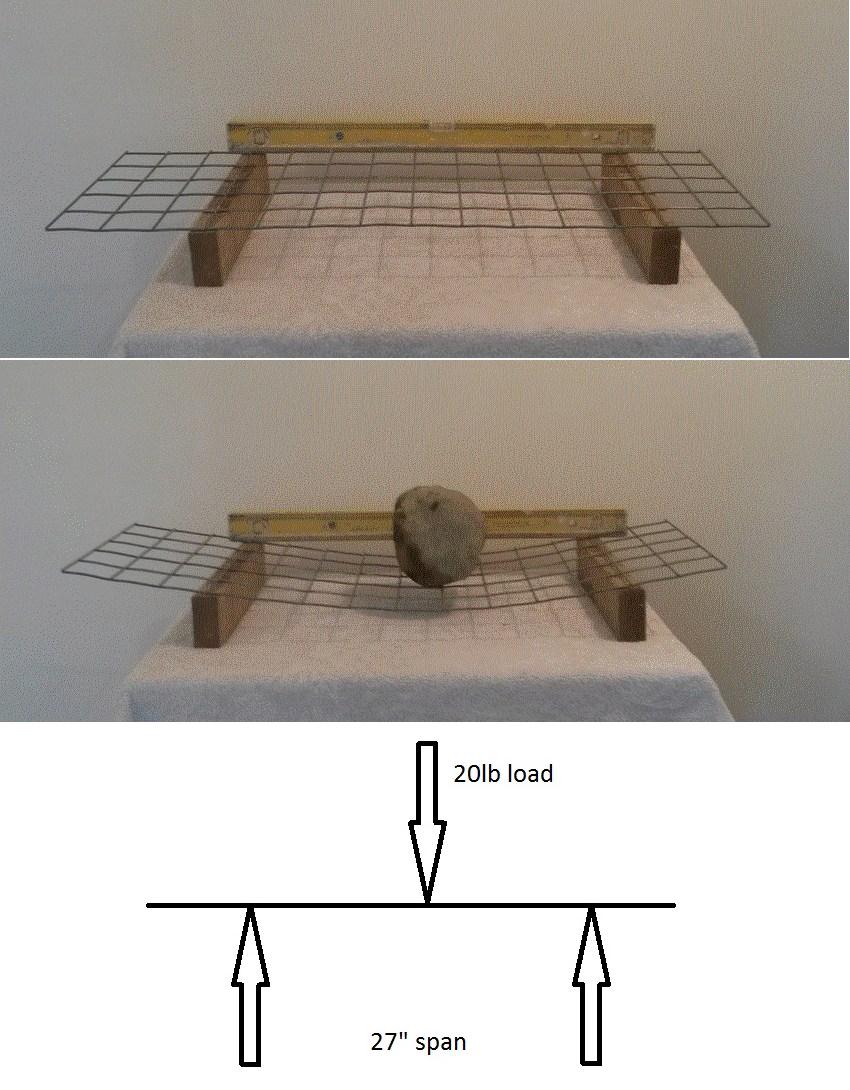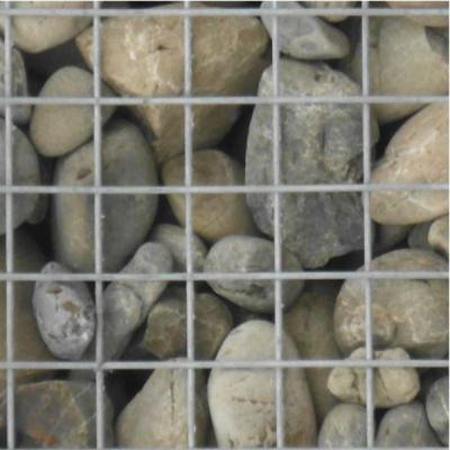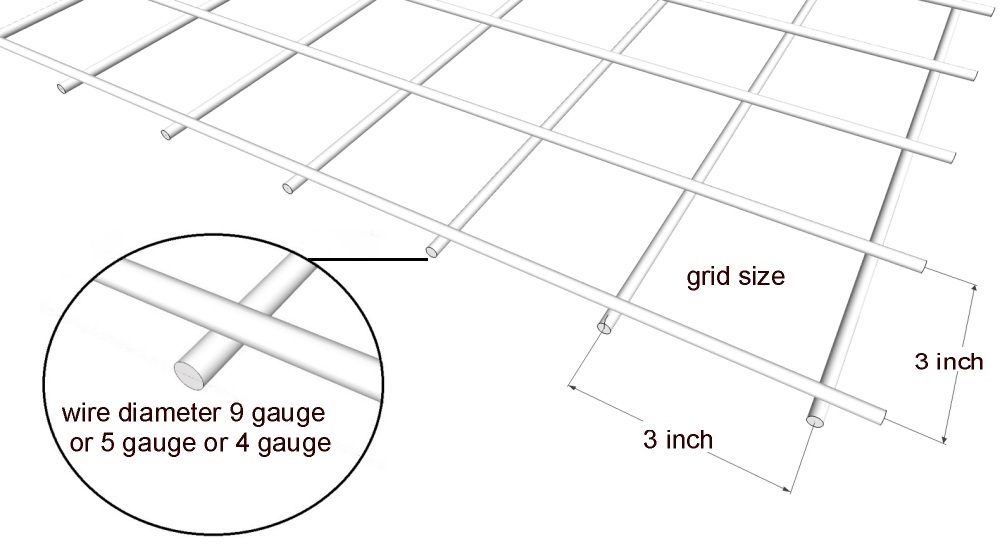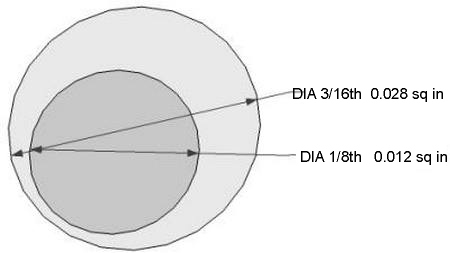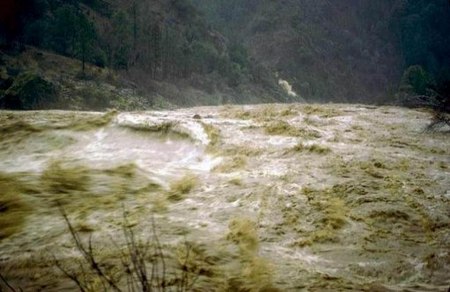9ga or 5ga or 4ga checklist
9ga = 1/8th” | 5ga = 3/16th” | 4ga = 44% stronger than 5ga
| 9ga | 5ga | 4ga | |
|---|---|---|---|
| will be walked or sat on | |||
| suitable for round river rocks | |||
| straight architectural look required | |||
| building tall, thin structural gabions | |||
| finished wall OK with minor bulges | |||
| lowest cost | |||
| erosion control with high flood velocities | |||
| tall columns or pillars | |||
| furniture seat supports | |||
| requires careful stacking of angular rocks | |||
| for use in public spaces |
Angular rock is the best gabion fill as it provides a good interlock and therefore less deformation of the face occurs
1/8th or 3/16th diameter Galfan coated wire deflection video
Deflection Testing
From time to time, couriers knock or bend the lightweight 9ga gabion mesh in transit.
In most cases, this can easily be tapped back into shape.
Electronically welded wire mesh 3in x 3in grid
Deflection Testing
Gives a good indication of the likelihood of the gabion sides bulging, The size, shape, placement of rock, use of form-work during installation and the number of bracwwires, are other factors that can effect the final shape of the gabion.
Deflection Testing
Gives a good indication of the likelihood of the gabion lid bending out of shape, when walked on.
Deflection Testing Results
| Mesh diameter | Measured deflection |
|---|---|
| 4 gauge | 0.7″ |
| 5 gauge = 3/16th” | 1.0″ |
| 6 gauge | 1.9″ |
| 9 gauge = 1/8th” | >4″ |

